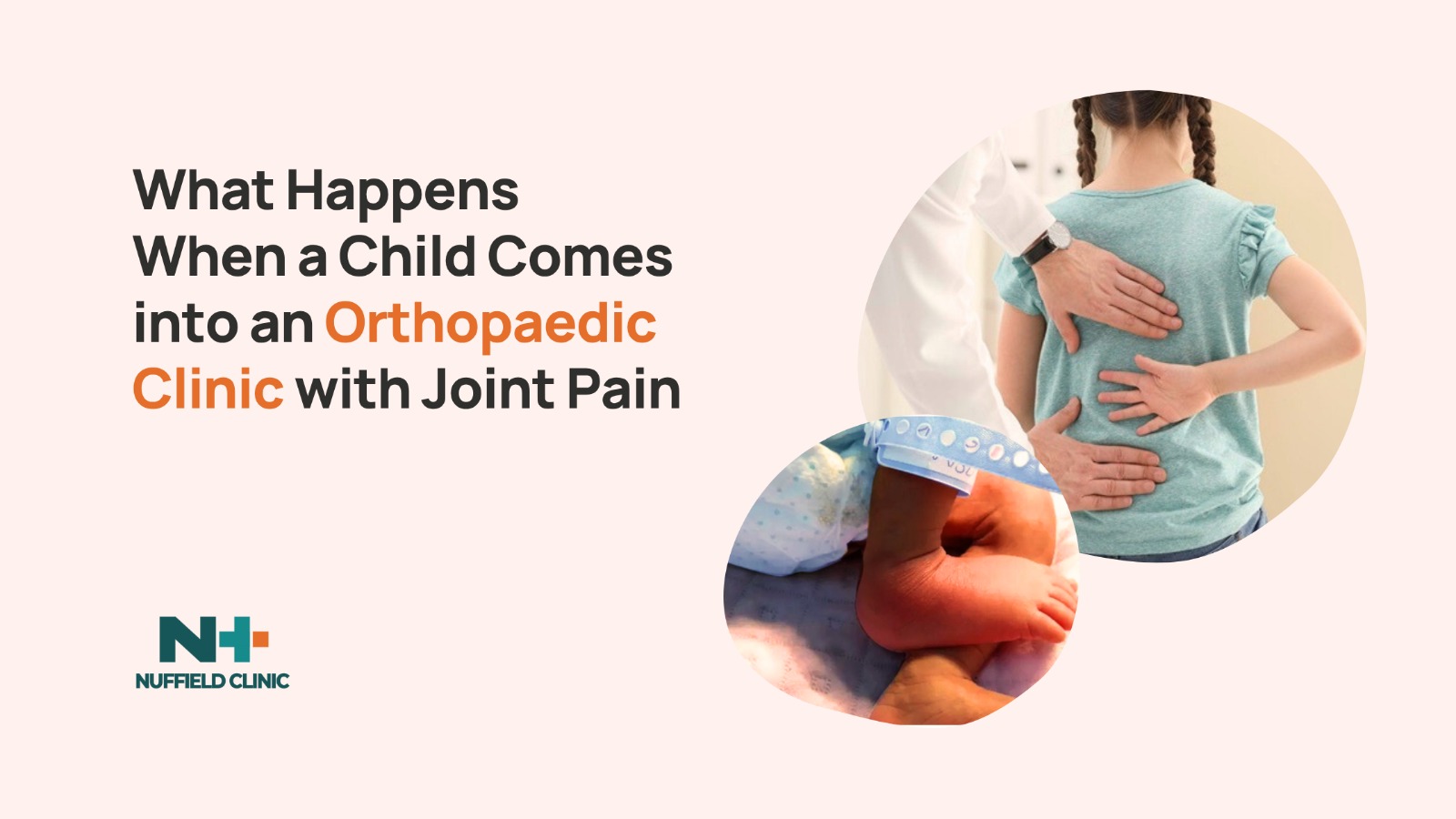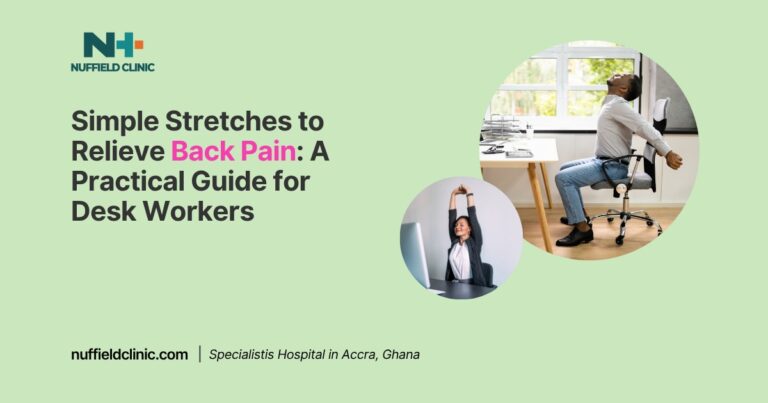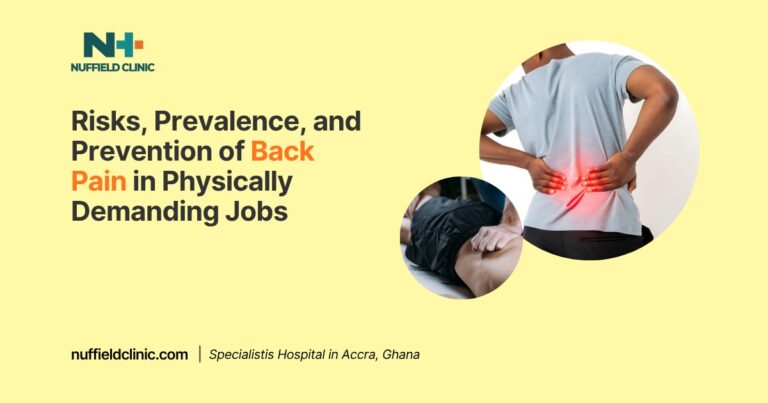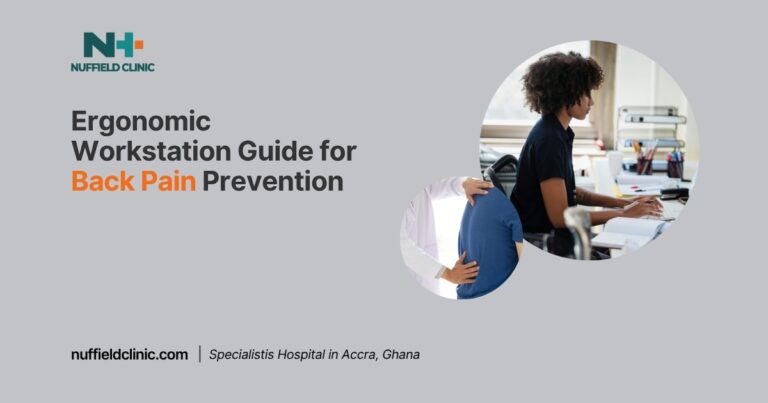What Happens When a Child Comes into an Orthopaedic Clinic with Joint Pain

What happens when a child comes into an orthopaedic clinic with some kind of joint pain? When a child experiences joint pain, families often feel unsure about what comes next. This article arms you with all the facts before your visit to the clinic.
At the orthopaedic clinic, the first step is always to understand the cause of the pain through a thorough and systematic evaluation. This process is more than just a routine exam; it’s a careful, step-by-step approach designed to reach an accurate diagnosis and guide an effective treatment plan that helps the child return to everyday activities.
See also:
- How Orthopaedic Care deals with Bone and Joint Pain in Children
- Tendon Injuries – What are the Symptoms, Causes, and Treatment Options
- Joint Deformities: How Early Diagnosis and Intervention Can Prevent Further Damage
- How to Manage Scar Tissue After Orthopedic Surgery
Starting With the Full Picture: History and Physical Examination
The initial evaluation begins with a detailed discussion between the orthopaedic team and the child’s parent or caregiver. Gathering an accurate history provides the foundation for diagnosis. Parents may be asked when the pain began, how often it occurs, and what seems to make it better or worse. Sometimes pain appears suddenly, other times it develops slowly over days or even weeks. Whether the pain is constant or comes and goes, whether it disrupts sleep or only appears with activity, these patterns help narrow down the possibilities.
Past injuries, even ones that seemed minor at the time, may be relevant. If a child limps or avoids certain movements, this may signal functional limitations that need attention. The presence of systemic symptoms like fever, fatigue, night sweats, rash, or weight loss can raise concern for more serious causes such as infection, autoimmune conditions, or malignancy.
One important consideration is referred pain. Children might report knee pain when the issue originates in the hip, or thigh discomfort when the joint affected is elsewhere. Experience and a comprehensive approach is required to recognise these patterns.
Following the history, a full physical examination takes place. The clinician begins with general observation, noting how the child appears overall, pale skin, lack of energy, or visible muscle wasting may offer important insights. Watching the child walk or run, if possible, provides information about gait and coordination. Changes like limping or avoiding weight-bearing can be significant.
The joint assessment follows a “Look, Feel, and Move” approach. Joints are examined for redness, swelling, warmth, and tenderness. The healthcare provider checks how far the joint can move in all directions. If movement is restricted or painful, this might indicate inflammation or structural problems. The examination includes not only the painful area but also the joints above and below, as well as the spine, abdomen, and scrotum. A neurovascular assessment is also done to make sure blood flow and nerve function are intact in the affected limb.
Using Diagnostic Tools to Clarify the Cause
If the physical examination raises concern or if the diagnosis remains uncertain, the next step may involve diagnostic tests. These help confirm the suspected cause or rule out other conditions.
Blood tests can show signs of infection or inflammation. A complete blood count (CBC), erythrocyte sedimentation rate (ESR), and C-reactive protein (CRP) are commonly used. If autoimmune disease is suspected, antibody tests like ANA or rheumatoid factor (RF) may be requested.
Imaging studies are often essential. X-rays are usually the first imaging step and can detect fractures, dislocations, or signs of bone infection. However, not all joint conditions show up on X-rays; early stages of septic arthritis or osteomyelitis might appear normal. If needed, more detailed imaging is used. An MRI can visualise joints, cartilage, soft tissues, and tumours in great detail. Ultrasound is helpful in identifying joint fluid, inflammation, or soft tissue problems, and it is often used for evaluating hip pain in young children. CT scans and bone scans offer further clarity in complex cases.
In situations where a tumour or bone infection is suspected, needle aspiration or biopsy may be needed. These procedures collect tissue samples to be examined in the lab and are done with great care, typically in a hospital setting.
Specialised Team-Based Care
Once a diagnosis is made, the orthopaedic team works together to plan the best course of action. In some cases, this involves surgery. In many others, conservative treatments such as physiotherapy, medication, or observation are appropriate.
An orthopaedic surgeon oversees care related to bones, joints, muscles, and ligaments. They manage a wide range of issues, including trauma, congenital abnormalities, and infections. When joint inflammation or autoimmune disease is suspected, a pediatric rheumatologist may become involved. These specialists are trained to evaluate chronic joint conditions in children and understand the full picture of how arthritis and related disorders affect the body.
Rehabilitation also plays an important role. A physical therapist supports recovery by helping children regain strength, mobility, and confidence in movement. An occupational therapist may assist with adaptations at school or home, helping the child manage daily tasks with less discomfort.
Together, this multidisciplinary approach ensures that the child’s care is comprehensive and adjusted to meet their individual needs. Whether the issue is minor or complex, the aim is to provide a clear path toward recovery, reduce the risk of future complications, and help the child stay active and well.
If your child is experiencing joint pain, book a consultation with a specialist at Nuffield Clinic today.







